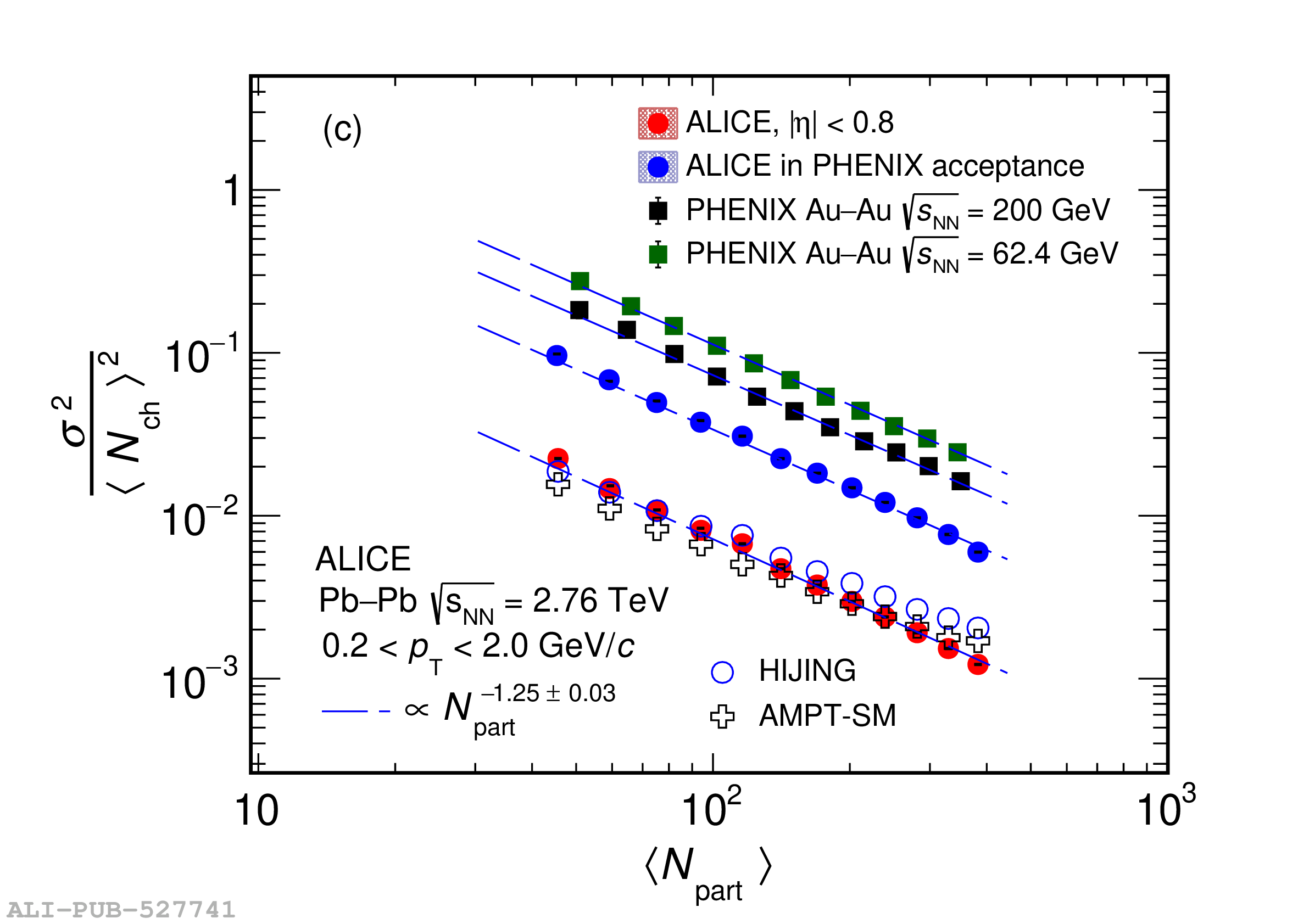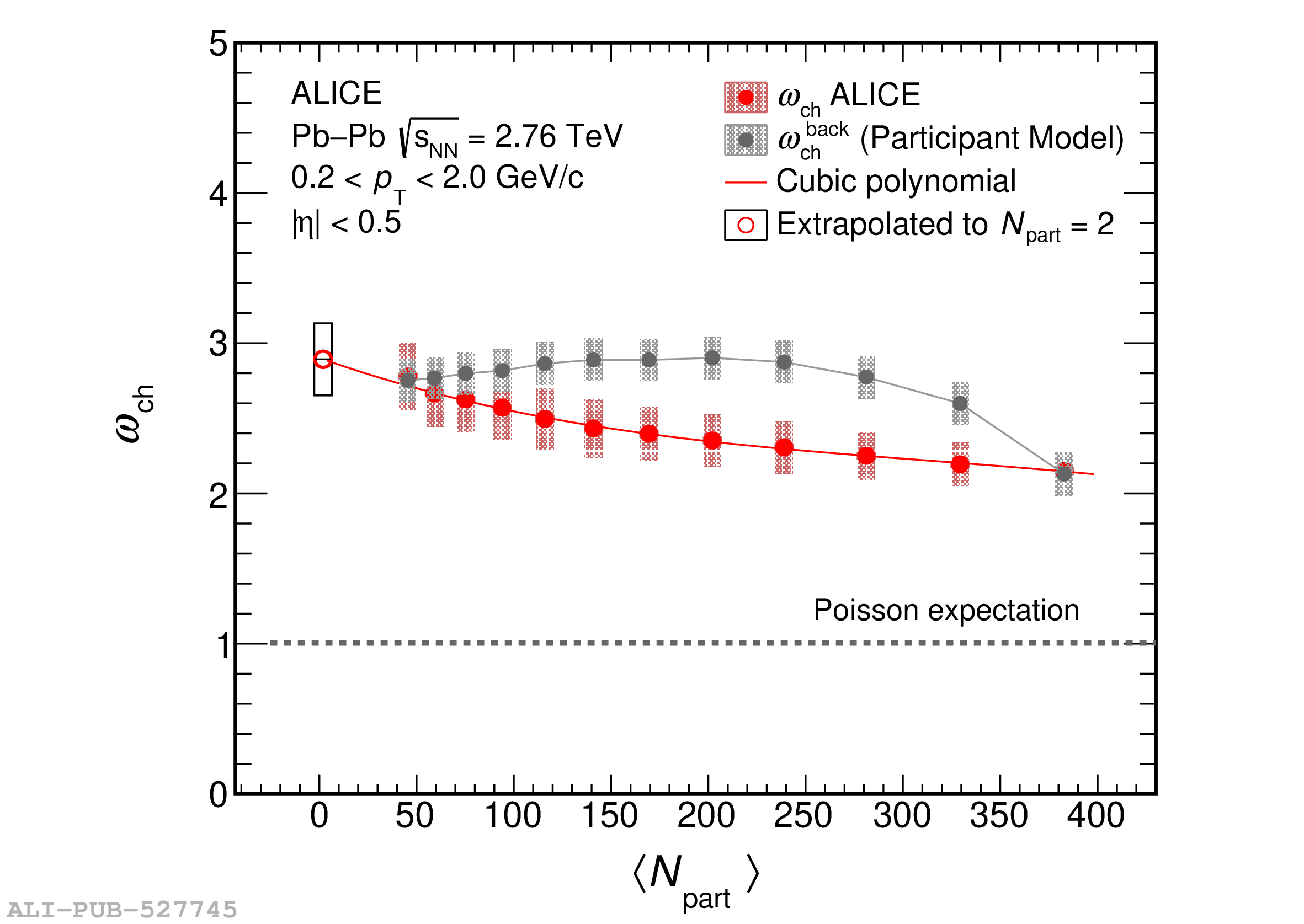Measurements of event-by-event fluctuations of charged-particle multiplicities in Pb-Pb collisions at $\sqrt{s_{\rm NN}}$ = 2.76 TeV using the ALICE detector at the CERN Large Hadron Collider (LHC) are presented in the pseudorapidity range $|\eta|<~0.8$ and transverse momentum $0.2 <~ p_{\rm T} <~ 2.0$ GeV/$c$. The amplitude of the fluctuations is expressed in terms of the variance normalized by the mean of the multiplicity distribution. The $\eta$ and $p_{\rm T}$ dependences of the fluctuations and their evolution with respect to collision centrality are investigated. The multiplicity fluctuations tend to decrease from peripheral to central collisions. The results are compared to those obtained from HIJING and AMPT Monte Carlo event generators as well as to experimental data at lower collision energies. Additionally, the measured multiplicity fluctuations are discussed in the context of the isothermal compressibility of the high-density strongly-interacting system formed in central Pb-Pb collisions.
Eur. Phys. J. C 81 (2021) 1012
e-Print: arXiv:2105.05745 | PDF | inSPIRE
CERN-EP-2021-089
Figure group





